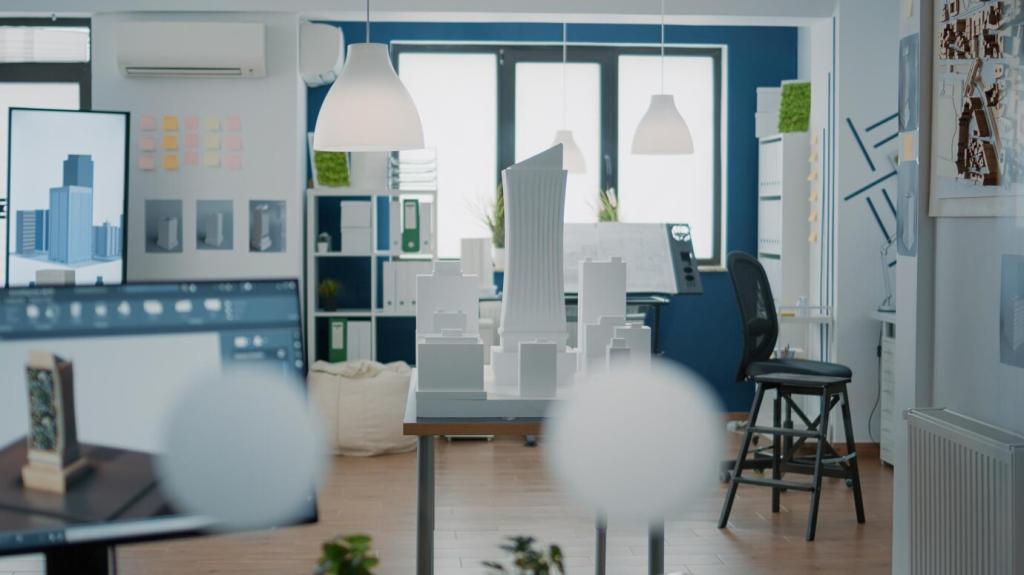
How to Write Compelling Interior Design Articles
Chosen theme: How to Write Compelling Interior Design Articles. Step inside a world where craft meets character. Learn to shape stories that guide readers through rooms, materials, and moods—while inviting them to comment, subscribe, and keep exploring with you.
Know Your Interior Design Reader
Personas That Mirror Real Homes
Sketch reader personas that feel lived‑in: the renter hacking storage, the new homeowner juggling budgets, the designer chasing references. Write directly to their goals, then invite readers to share their space challenges in the comments.
Search Intent That Guides Structure
Classify intent as inspirational, instructional, or commercial. A gallery of airy kitchens differs from a step‑by‑step backsplash guide. Signal which promise you’ll fulfill, and ask readers what intent brought them—so you can tailor future articles.
Empathy, Jargon, and Glossaries
Use precise terms—soffit, reveal, patina—without alienating newcomers. Offer a tiny glossary box on first mention. Keep your tone warm, not walled‑off. Encourage readers to flag confusing terms so you can clarify in follow‑up posts.
Find the Angle: From Moodboard to Mission
The Fresh‑Detail Test
Hunt for one surprising insight: grout color that frames tile, daylighting mistakes in north‑facing rooms, or how toe‑kicks change perceived space. Share your audit checklist and invite readers to pitch angles they’re hungry to read.
Seasonal and Lifestyle Hooks
Tie ideas to moments—holiday hosting flow, pollen‑season fabrics, summer rental refreshes. Align with real behaviors, not calendar clichés. Ask subscribers which seasonal struggles they face so your next angle lands where life actually happens.
Blend Data With Emotion
Pair a stat about biophilic design benefits with a homeowner anecdote about sleeping better after adding plants and dimmers. Data earns trust; emotion earns memory. Invite readers to share tiny changes that transformed their daily comfort.
Headlines and Openings That Invite a House Tour
Headline Frameworks Without Cheap Tricks
Use value‑rich patterns: Numbered How‑Tos, Before/After Transformations, Designer‑Approved Tips, or Question‑Led Curiosity. Promise a tangible outcome and include a specific detail. Ask readers which headline grabbed them and why—they’ll teach you priorities.


Lead Paragraphs That Set the Scene
Open with a sensory vignette: the hush of cork underfoot, late‑afternoon brass catching honeyed light, the relief of a hidden charging drawer. Anchor to a person and problem, then state the roadmap. Invite readers to try a scene‑setting warm‑up.

Write With the Senses: Materials, Light, and Scale
Color and Material Vocabulary
Favor concrete nouns and active verbs: ribbed oak, chalky limewash, cold‑rolled steel, linen that breathes. Compare textures to experiences. Encourage readers to comment with their favorite material metaphors, building a shared sensory glossary.
Light Tells Time
Describe morning bounce, noon flattening, and dusk warmth. Note shade strategies, dimmer scenes, and bulb temperatures. Invite readers to photograph the same corner at three times and report how mood shifts—then link their observations in future posts.
Scale in Plain Language
Translate proportions into everyday anchors: a console as deep as a hardback, pendant spacing like outstretched hands. Offer simple thumb rules, then ask readers which rule clarified a past mistake so others can learn alongside them.
Interview Designers and Homeowners
Collect short quotes that reveal process, not platitudes. Record responsibly, secure permissions, and attribute precisely. Invite readers to nominate designers or craftspeople they admire, and promise to feature community‑sourced voices in upcoming articles.
Fact‑Check Without Losing Flow
Verify specs like fabric abrasion ratings, paint VOC guidance, and tile slip resistance. Link to authoritative sources and keep footnotes light. Ask readers which technical topics deserve a deep dive, then build a reference library together.
Join our mailing list
